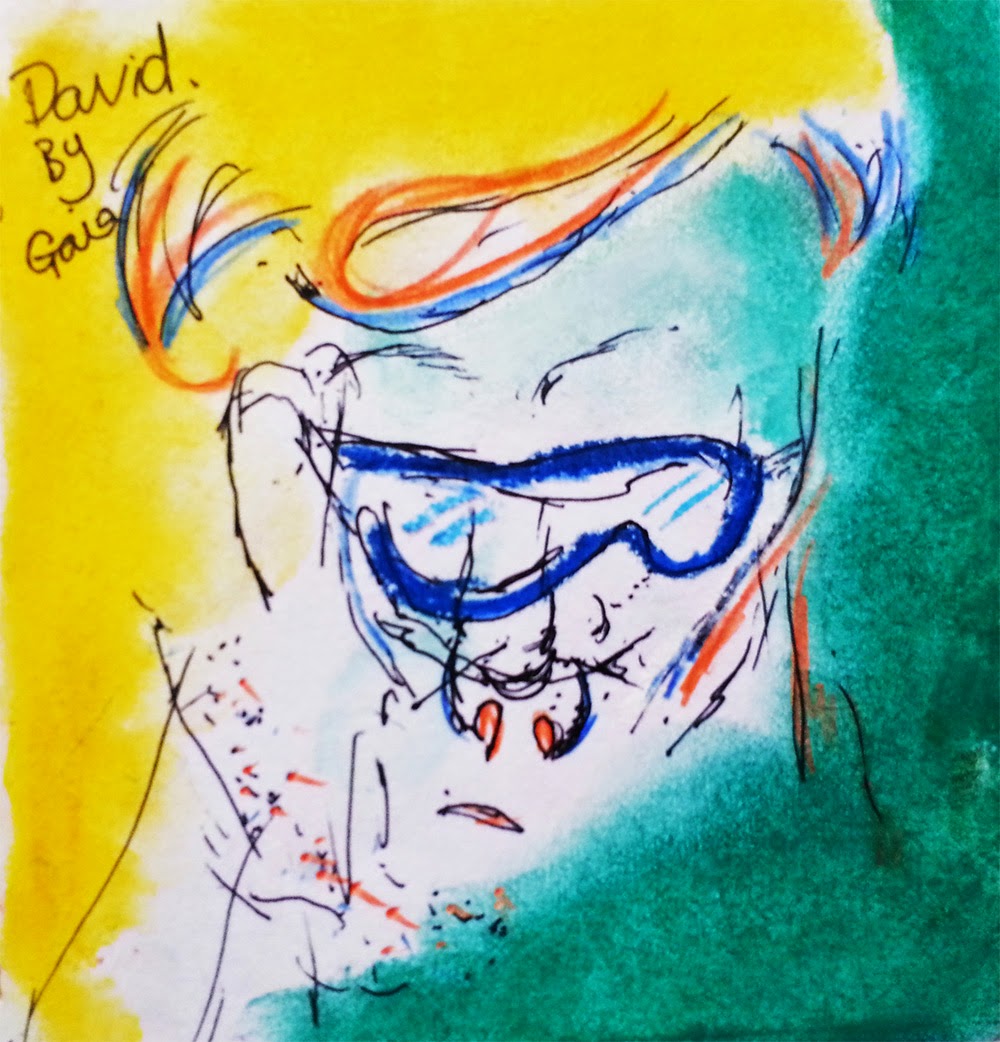In 2010 DreamWorks Animation was primarily known for their onslaught of pop-culture referencing, celebrity-voiced kids films populated by cute animals that all make the same face. Compared to the lyricism and beauty of Pixar's output, Dreamworks Animation was looking increasingly cynical and commercially driven. Then How to Train Your Dragon came out. The marketing made it look like just another identikit CG kid's flick, but soon people began to sit up and take notice: this was an animated film with a soul; a story about enacting social change told with a Miyazaki-esque fixation on the joy of flight and mysteries of nature.
After a slow start the film quickly benefited from excellent word of mouth and now, after a few straight-to-DVD shorts, videogames and a TV series, the franchise returns to the big screen with How To Train Your Dragon 2. The big question: can DreamWorks Animation catch lightning in a bottle twice?
Set five years after the events of the original, we rejoin Hiccup and his dragon, Toothless to find them older, wiser and more focussed. The town of Berk, having gotten over its antagonistic relationship with dragons, now lives in a state of happy symbiosis with them. Hiccup is now the de facto hero of the town, and his father Stoick eagerly anticipates him taking the reins and becoming Chief.
 |
| Sample dialogue: "YEEEARRGGGGHHH!!!!" |
Hiccup has other ideas. Driven by wanderlust he speeds through the clouds on top of Toothless, excitedly mapping out new islands and devising new gadgets. By chance he runs into a group of dragon trappers working for a warlord named Drago. Drago is a half feral nutjob with a penchant for terrifying screaming and skill for enslaving dragons. He's out to bring the world under his heel, and only Hiccup and the town of Berk have the knowledge of dragons to stop him in his tracks.
Bubbling under all this is a debate about the merits of persuading people to change their minds through peaceful rather than violent means. This thematically continues the last movie, Hiccup once again being an agent of change in a sea of people patiently explaining that "some things just can't be changed". But, whereas his position was validated by the union of dragon and Viking before, the waters are muddied by Drago, whose hellbent mania resists reasoned debate. Unfortunately the film never satisfyingly resolves the ethical problem it sets itself, somewhat half-heartedly concluding that maybe some people's minds really can't be changed.
 |
| Valka is awesome. |
This colours the film with a tinge of pessimism. As the characters have aged so the world has become a bit more serious, replete with large scale battle sequences and imagery of torture and death. This ain't exactly Lars von Trier, but there's a growing sense of the burden of responsibilities and the shucking off of youthful idealism.
But where the film stumbles thematically, it more than picks up the slack visually and aurally. The cinematography is stunning, though what else do you expect with Roger Deakins on board? His technique in animation is to treat the virtual camera as if it were real, which gives the action weight and authenticity. The flight sequences are still as thrilling as they were in the original; the film making excellent use of 3D as it sends audiences spinning through the clouds and over oceans on Toothless' back. Capturing this exhilaration is the key to making these films work; our enjoyment is mirrored in Hiccup's face - we wholly understand his passions, love and fears.
Technologically things have been bumped along a bit too in the last five years. The 2010 film was no slouch, but improvements in facial animation are obvious. These characters, particularly our hero, act. I don't know if they use motion capture or not, but there's a realistic, almost naturalistic way to the way their tiny unconscious tics play across the character's faces.
 |
| I wish I had a pet dragon. |
Most impressive animation-wise is Valka, a new character who's spent the last 15 years living with dragons. She moves as if dancing, both otherworldly and mysterious. All of my favourite moments in the film revolve around her character, and among a stable of broadly drawn comedic stereotypes she shines through as something genuinely fascinating. Being voiced by Cate Blanchett helps, but it's the way she moves around a room that gives you goosebumps - feral, wild and loving all at once.
Her scenes are buoyed up by John Powell's playfully epic Celtic score. My highlight is the music played when Valka and Hiccup fly together, the characters moving between a bustling flock of dragons. Their mutual happiness is infectious and for a moment all the drama drops away and we're left with the simple pleasures of two people discovering a mutual bond. The only minus point is the early inclusion of the rather out of place pop song Where No One Goes, whose processed vocals sit at odds with the folkish, medieval spirit of the rest of the score.
How to Train Your Dragon 2 is not as good as the original. There's the occasional overlong lull in momentum; the film doesn't quite have the confidence to be wholly sincere, peppering otherwise touching scenes with gags; the thematic stuff is a bit disappointing and the thrill of discovering a new world has begun to evaporate. But despite all that, this is still a very good movie, and though it doesn't hit the heights of How to Train Your Dragon, it's definitely a worthy followup.
★★★
How to Train Your Dragon 2 is released July 11th






































.jpg)
.jpg)

























